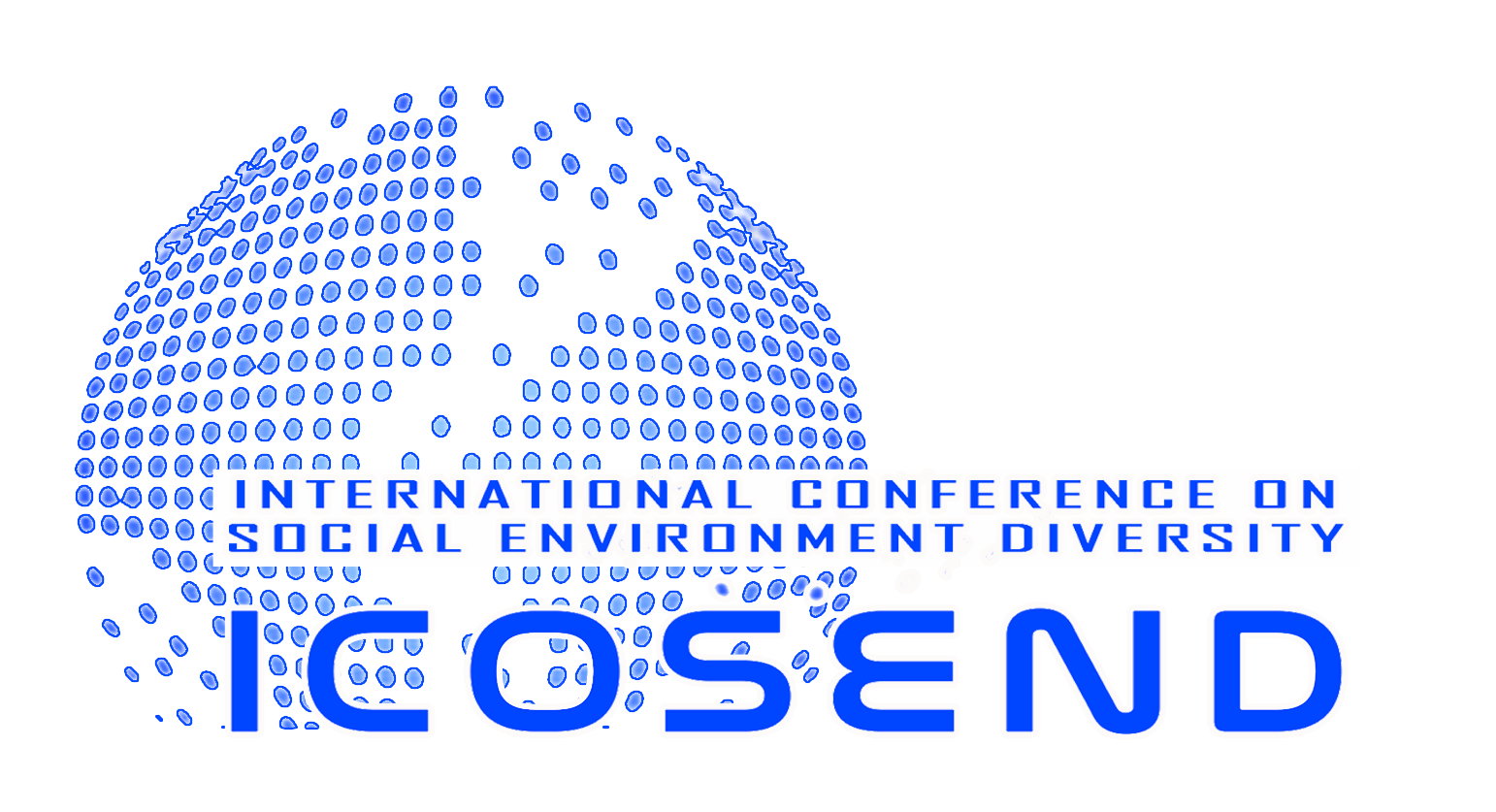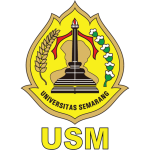Title
The title should be concise, clear, informative, and represent the article’s content. Title is often used in article search systems. Therefore, avoid abbreviations and formulas if possible. In certain cases, the title can be written as a question form.
Author’s name and affiliation
Please state each author’s first and last name (full name) and ensure that all names are spelled accurately. Then, indicate the authors’ affiliation address below their names. Display all affiliations in lowercase superscript immediately after the author’s name and before the corresponding address. Affiliations should be written in the following order: Affiliation Name, City, Postal Code, and Country. The email addresses of all authors should be included after the affiliations, and the corresponding author’s email should be clearly indicated. The corresponding author is responsible for all stages of peer review and publication and post-publication. This responsibility includes answering any future questions regarding the Methodology and Materials.
Abstract & Keywords
Each article should contain a concise and factual abstract (150-250 words). The abstract should briefly state the research objective, main results, and key conclusions. Non-standard or uncommon abbreviations should be avoided, but if necessary, they should be defined upon their first mention in the abstract. Immediately after the abstract, provide five strong keywords representing important concepts in the article or searchable research findings.
Main Texts
Introduction
The manuscript’s introduction includes a brief literature review of the research topic. The introduction is generally written descriptively, starting with a broad topic and gradually focusing on the work being done. The introduction usually requires several paragraphs, beginning with one or two that introduce readers to the research problem’s general field. Then, in the next paragraphs, explains a more specific discussion. The last paragraph is crucial, as it states the experimental question will be answered by the study and how it will be conducted.
Methods
The method contains the statement of the materials used in the study, the main procedures, the techniques used in the data retrieval, and the analysis techniques. If the research uses a particular experimental design, the method part also includes the design/setup of the research. Similarly, theoretical or modeling components are also clearly contained in this section for literature research.
Results and Discussion
The Results section presents the experimental data to the readers. The results (which are also research findings) are typically presented in the form of tables and figures that are engaging and clear. The Discussion section entails interpreting the research results to provide meaning to the readers or offer guidance for further research. Figures and tables need further explanation to reveal the truth.
Conclusion
The conclusion contains a summary of the research findings. Then, followed by the main points of the discussion. A general conclusion ends with a statement about how the research work contributes to the field of study.
Acknowledgments
This section contains a statement of funding sources for the research work. Furthermore, this section also contains gratitude to those who contributed to the research and preparation of the manuscripts.
Authors’ contributions and responsibilities
The contribution of each author must be clearly stated. Only authors who have made substantial contributions to the research and article writing should be included as authors.
References
This section lists all the references cited in the text.
Artwork
Figure Presentation
Figures are the most efficient way to present research findings. Figures should be presented with high quality and sharpness. Graphics software, curve fitting, and analysis are highly recommended to create graphs that can be displayed with good quality and clarity.
General Points
Avoid overcrowded plot graphs.
Use appropriate axes.
Symbols and data sets should be clear and easily distinguishable.
Ensure you use consistent font and size for your figures/original artwork.
Number figures according to their sequence in the text.
Figures should always be cited in the text in sequential numerical order.
Permissions
If you include figures already published elsewhere, you must obtain permission from the copyright owner(s) for both the print and online format. In such cases, material from other sources should be used.
Table
Please submit tables as editable text and not as images
Tables can be placed either next to the relevant text in the article or on separate page(s) at the end.
Number tables consecutively in accordance with their appearance in the text and place any table notes below the table body.
Be sparing in using tables and ensure that the data presented in them do not duplicate results described elsewhere in the article.
Please avoid using vertical rules and shading in table cells.
Tables should always be cited in the text in consecutive numerical order.
Unit
Use the International Units system. You can find it here or here
Math formulae
Vectors and tensors should be marked clearly in the manuscript. Equation numbers should appear in parenthesis and be numbered consecutively. All equation numbers must appear on the right-hand side of the equation and should be referred to within the text. Use the following sequence of parentheses: )]}. Mathematical symbols and formulae should be typed. Particular care should be exercised in identifying all symbols and in avoiding ambiguities. The distinction should be made between the number one (1) and the letter l and between zero (0) and the letter O. If a number of symbols are used, the author must provide a nomenclature list of these symbols and their meanings types on a separate piece of paper. All parameters must be noted in italics, except for subscripts. British Standards BS 350, 1991, and 3763 or ISO/R31 may be referred to for units, abbreviations, and symbols.
References
Citation in text
Please ensure that every reference cited in the text is also in the reference list (and vice versa). Any references cited in the abstract must be given in full. Unpublished results and personal communications are not recommended in the reference list but may be mentioned in the text. If these references are included in the reference list they should follow the standard reference style. They should include substituting the publication date with either ‘Unpublished results’ or ‘Personal communication’. The citation of a reference as ‘in press’ implies that the item has been accepted for publication.
Web references
The full URL and the date when the reference was last accessed should be given. Any further information should also be given if known (DOI, author names, dates, reference to a source publication, etc.). Web references can be listed separately (e.g., after the reference list) under a different heading if desired or can be included in the reference list.
References style
Citation and reference systems must use Reference Management Systems such as Mendeley, EndNote, and Zotero.
EndNote style (Download zip, 4 kB)
Language (usage and editing services)
Please write your text in good English (American or British usage is accepted, but not a mixture). Authors who feel their English language manuscript may require editing to eliminate possible grammatical or spelling errors and to conform to correct scientific English may wish to use the English Language Editing service.



